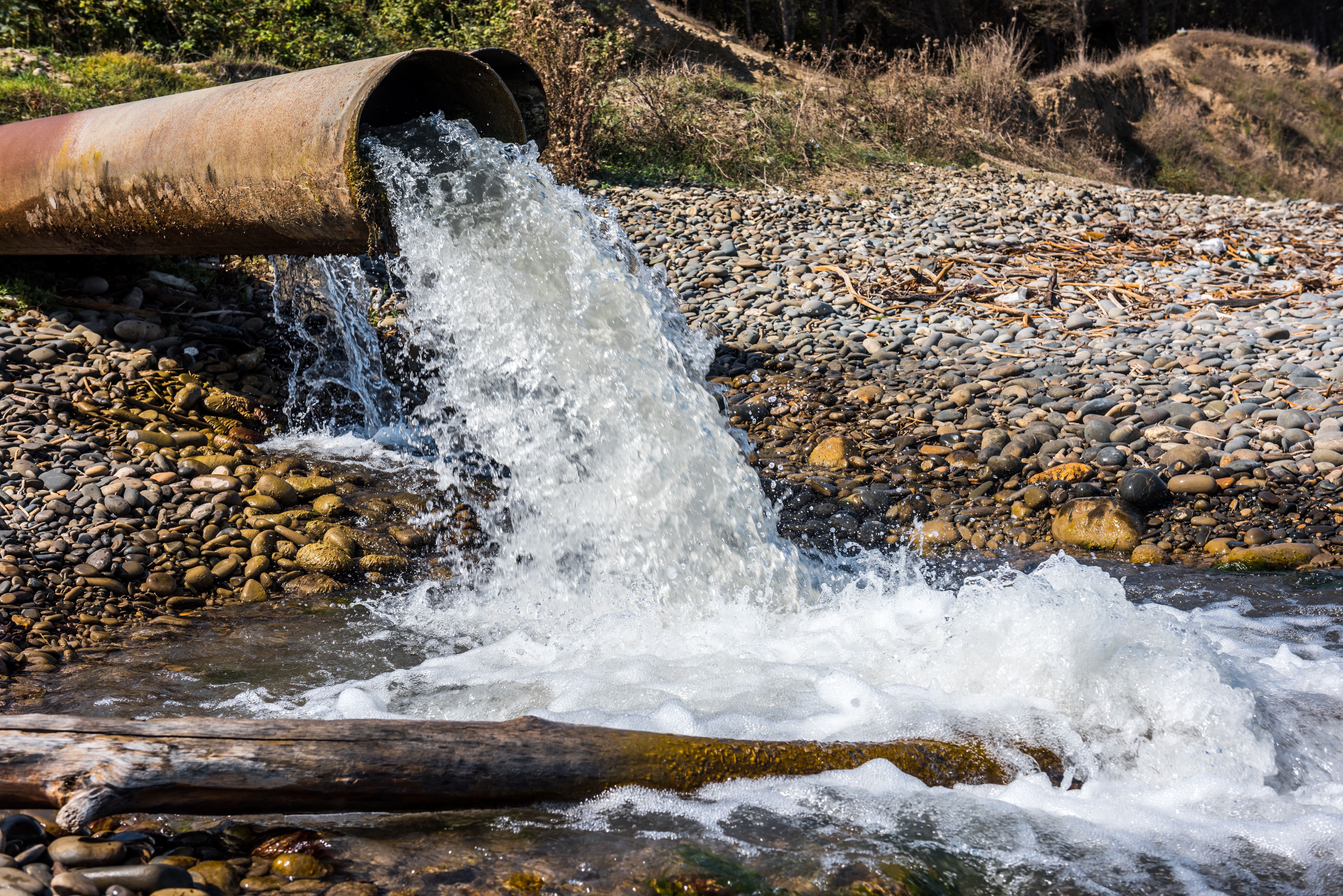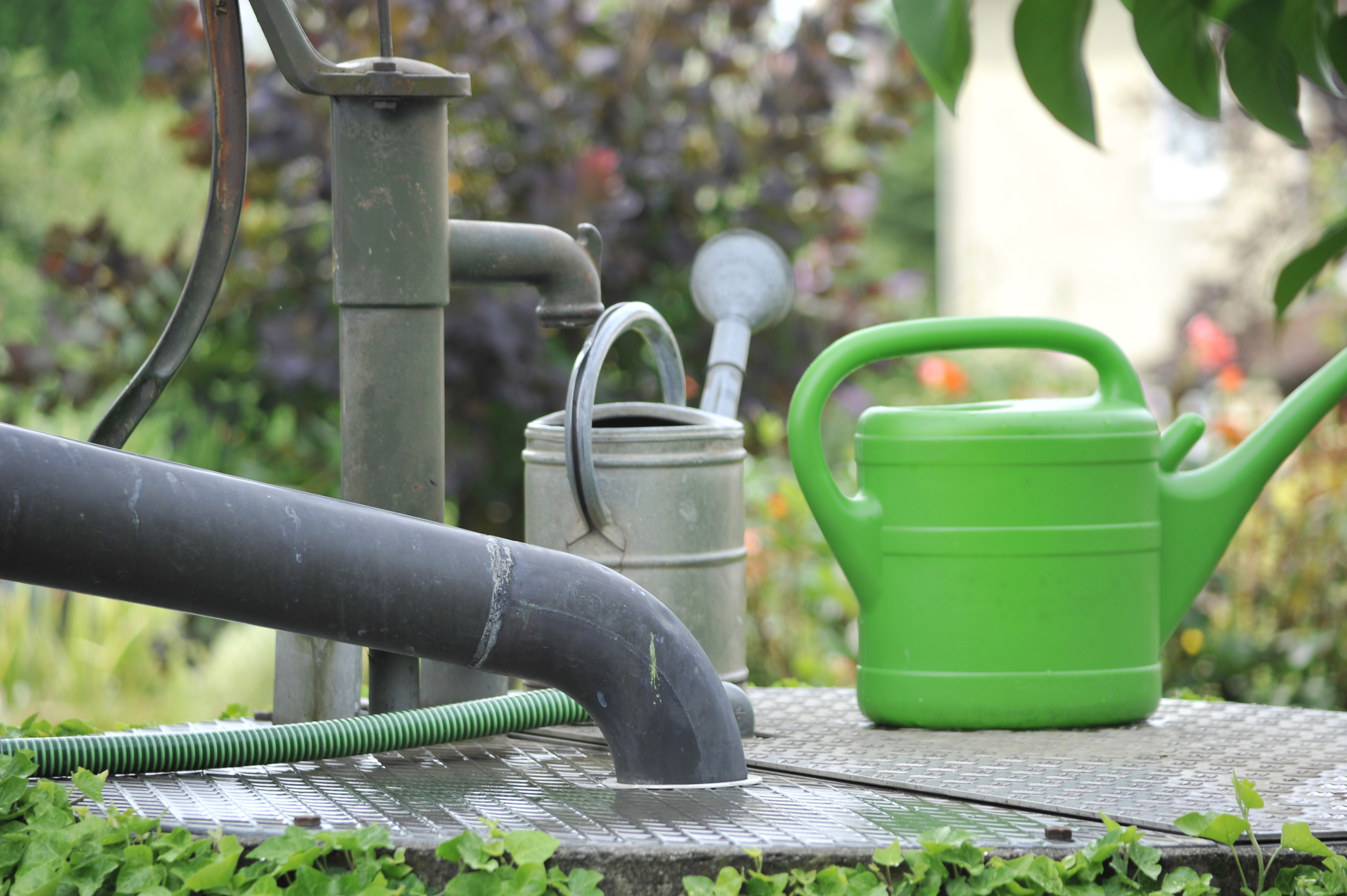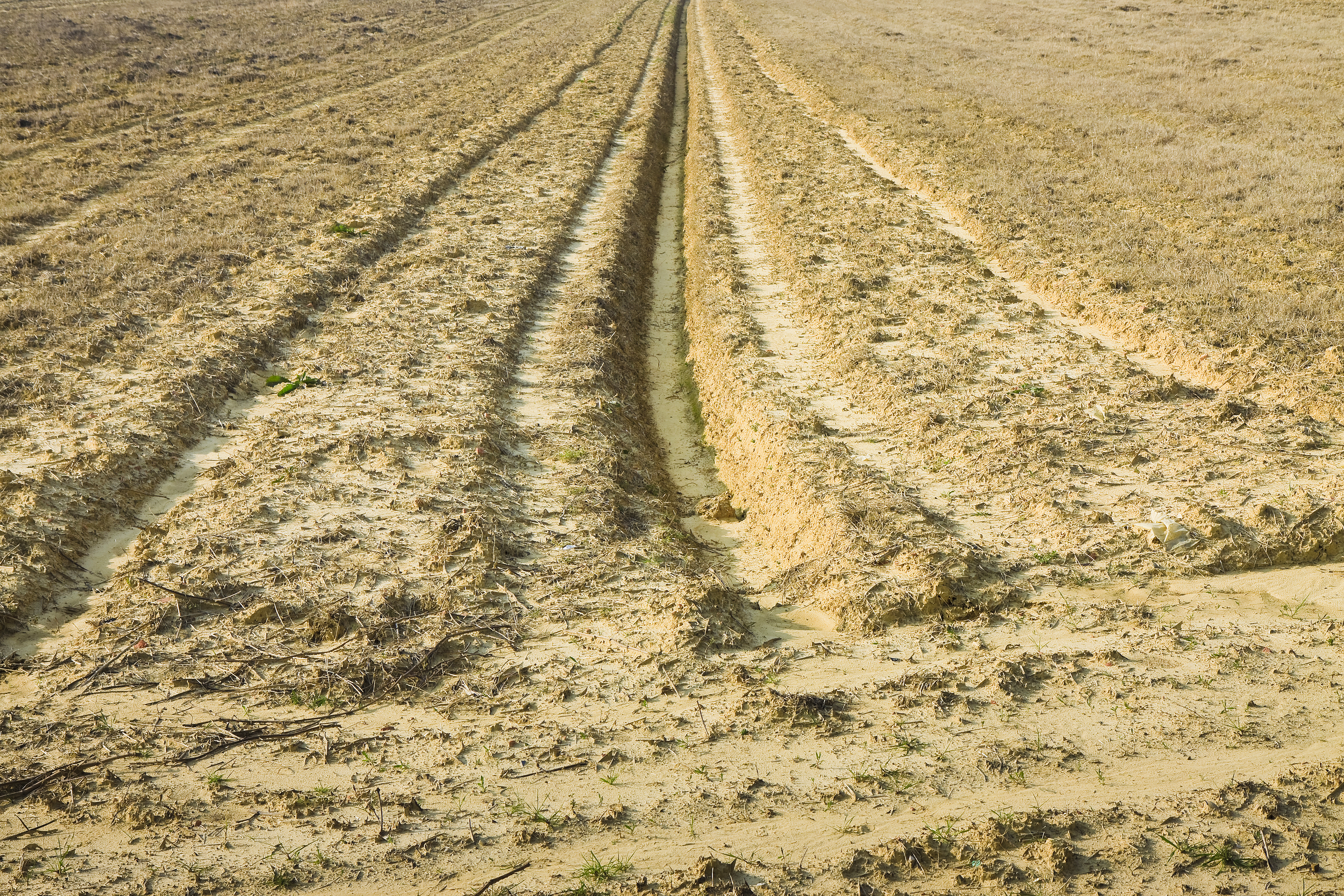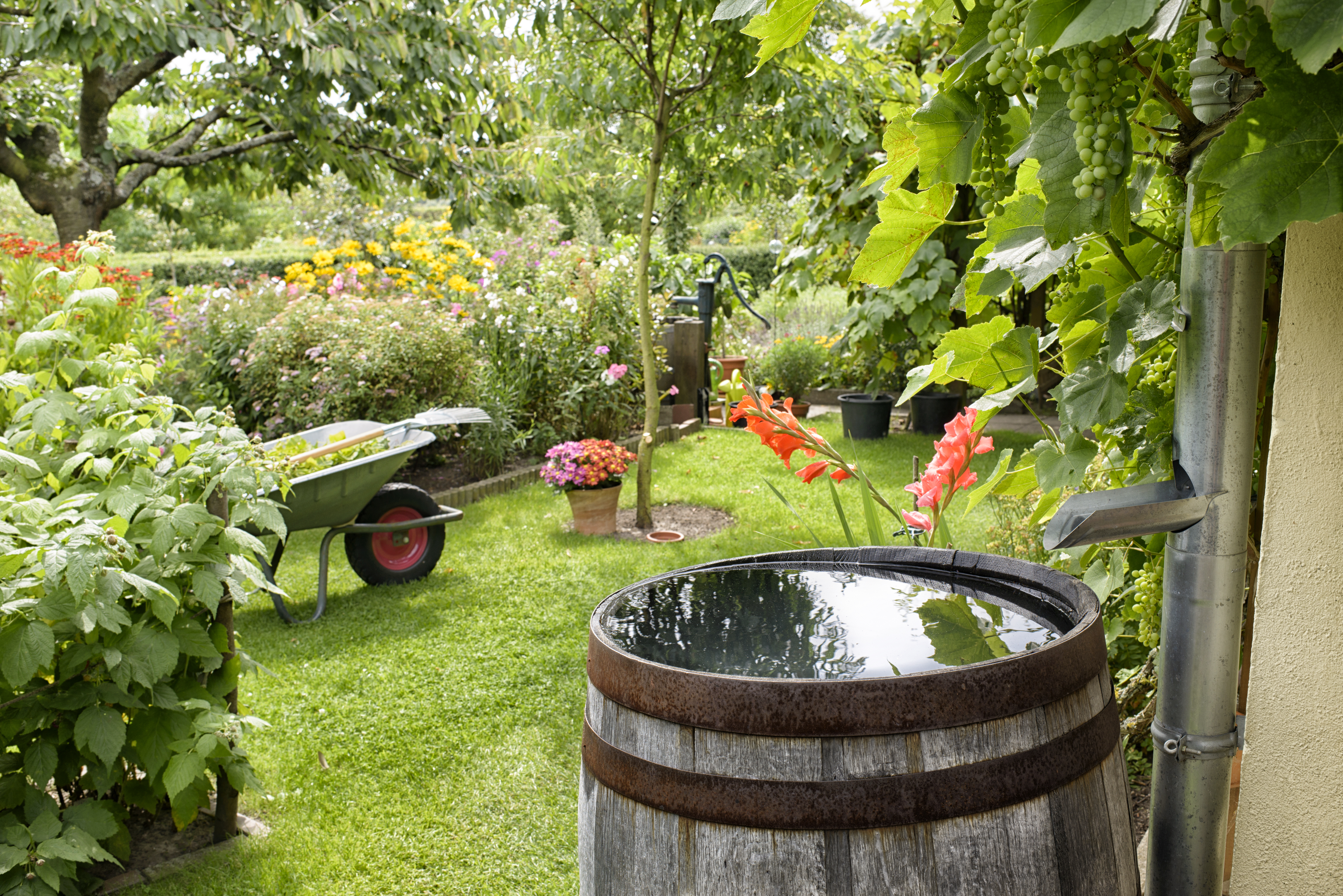Conserving stormwater can help minimize all sorts of problems with our water supply and the environment. This report by Popular Science pours over actions we can take to effect even modest changes that will help the planet and your wallet.
When an inch of rain falls, more than 1,000 gallons of water runs off the average American roof. That’s enough free H2O to supply the family inside for a few days and maybe knock a few dollars off the monthly utility bill. But beyond saving money, stocking up on stormwater can help prevent environmental problems around your house, in your town, and across the planet.
The rainwater problem
Rain might seem refreshing, but it’s not as clean as you might think. Falling droplets collect dust and airborne particles before they reach their final destination, and the resulting runoff picks up even more gunk. Just think about what might wash off your roof: bird poop, dead bugs, and shingle fragments, to name a few. There’s even worse stuff on the ground.
“Stormwater carries with it every kind of pollutant we deposit on land, such as fertilizer, dog waste, road salt and sand, and gas and oil residues,” explains Julia Blatt, executive director of the Massachusetts Rivers Alliance. No matter where you live, the runoff from your property eventually makes it into local bodies of water via storm drain pipes, streams, or groundwater. That means all that nasty junk often winds up in our water supplies.
Even “green” landscape features like lawns and gardens can cause problems. Nutrients such as phosphorus and nitrogen from fertilizers can wash out of flowerbeds and cropland into otherwise clean water, triggering algal blooms. Even the volume of rainfall itself can be a problem; many older cities use combined sewer systems, funneling runoff and sewage into the same pipes for treatment. If you get too much rain, the sewers, and everything in them, spill out into rivers, lakes, and, possibly, your street. Local authorities might call it “combined sewer overflow,” but let’s call it what it is: poop water.
In short, the less runoff going into the drains, the better.
A few easy solutions
Fortunately, there are a bunch of simple steps you can take immediately to help mitigate the effects of runoff:
- Avoid using water outside when it’s not necessary. Sweep walks and driveways instead of power-washing them, and use a bucket and sponge to wash vehicles, lawn tools, or rambunctious pets.
- Ensure your trash is secure so animals can’t get in it and scatter things around. Solid waste can clog sewers and other drains, leading to overflows and blockages.
- Keep your car in good shape and quickly patch any leaks. If there are drips of oil or other fluids in your driveway, use an absorbent material like dirt or sawdust to clean them up. Then, dispose of the nasty stuff in a sealed metal or plastic container. This will keep those chemicals out of the water.
- Pet owners: If you let your animals out to use the lawn as a bathroom, pick up after them using a lawn-composting system you can make yourself, or throw it away. Dog poop is full of nutrients, bacteria, and viruses that don’t belong in water.
- If you live in an area with tough winters, try to reduce the amount of sand and salt you use. Chlorides can wash into watersheds, raising the salinity of the surrounding area. That can kill freshwater fish and plants by dehydrating them, just like drinking salt water while stranded at sea can kill you.
- Start composting. Spreading that nutrient-rich organic matter all over your property will make your soil healthier while protecting against erosion by increasing its overall mass.
Even if you rent, you can still make a difference. “Renters can urge their landlords to use ecologically responsible landscape services and let their city councilors and other local elected officials know that good water stewardship is important to them,” Blatt says.
Stay safe
The best way to handle stormwater is to catch it and filter it, but you’re likely to encounter problems with quality and quantity, says Lisa Kumpf, an aquatic scientist at the Charles River Watershed Association. Reducing the overall amount of water you use outside will help with quantity, but quality will take a little more engineering.
A couple key safety points: You can’t drink untreated rainwater, and if you’re going to use it on plants you plan to eat, you’ll have to take some precautions. These include cleaning your collection device with a 3 percent bleach solution before putting it outside and ensuring that when you do irrigate your crops, the water doesn’t touch the plants themselves – it should go straight into the soil.
It’s also recommended that you treat runoff destined for the vegetable garden with a ⅛-teaspoon of unscented household bleach per gallon of water. That bleach should have a 5 to 6 percent chlorine solution and you should wait 24 hours before using the water, giving the chlorine time to dissipate. You should further consider having a commercial lab test your water for E. Coli, at minimum, to prevent it from contaminating your food. And you should always thoroughly wash anything you plan to eat. The Centers for Disease Control and Prevention has more detailed information on its website.
The bottom line is: If you can’t be sure the water is clean, keep it out of your body and away from your harvest.
Basic storage systems
When it comes to actual gear, the humblest solution is the rain barrel, which people have used for centuries. Before you install one, though, check state and local laws. Depending on where you live, there may be some restrictions on collection and usage. There may also be testing requirements.
Most modern rain barrels will connect to your gutter and feature spigots or other attachments that move the water to a hose or through an irrigation system for your lawn or garden. Just be sure to get one that seals tight; standing pools of water are mosquito breeding grounds.

You’re not limited to the barrel, though. There are a host of collection systems designed for all sorts of purposes, from small ones that double as a watering can to “water walls” you can fit into narrow spaces.
Channeling and filtering stormwater
If you don’t have a garden to use the water in, or are worried your barrel will overflow before you use it, look into digging your own channels and reservoirs. Running any type of water through sand, gravel, or the root systems of local plants is the best natural way to clean it. All three work like a sieve: trapping dirt and other material as the water filters through, removing it from the larger ecosystem and making the runoff safer for plants and animals.
First, though, you’ll need to figure out the amount of precipitation that’s likely to drain off your property. It’s a straightforward equation:
Calculate the square footage (length by width) of any impervious surfaces such as your roof, driveway, or patio. Multiply that by 12 to get the area in square inches. Then, multiply that number by the average daily rainfall in your area, which you can get from the National Weather Service.
To find that data, click on your area of the map, but don’t go directly to the forecast for your city or town. Then, click on Climate and Past Weather, which is just above and slightly to the right of the regional map. When the page loads, choose Annual Climate Report, specify a more exact location if necessary, and choose Most Recent under Timeframe.
Locate the average daily rainfall amount on the report and divide it by 231, as a gallon is 231 cubic inches. This will give you an estimate of how much runoff you’re dealing with, and it’s important to check this equation once a year to use updated rainfall totals.
Next, conduct a percolation test to figure out where you should dig. Think of soil as a big sponge – it can absorb a lot of water, but it still has a limit to how much it can hold and how long it takes to hit that limit. A perc test tells you what those numbers are.
Rainwater channel plowed into a field for farming
You’ll need a shovel, a ruler, and a source of water. First, dig a 12-inch hole. If it fills with water, wait for it to drain; if it doesn’t within 24 hours, or fills as you dig, you’ll need to pick a new spot. Otherwise, stick the ruler in straight up, fill the hole with an inch of water, and give it 15 minutes to drain. Come back and note the new water level, subtract it from the starting level, and multiply the answer by four. For example, if you came back to a ¾-inch, your answer would be 1 inch per hour.
This will tell you how much water that patch of soil can suck up before it becomes saturated, measured in inches of infiltration per hour. Check your daily average precipitation from the NWS report and use an area that has an infiltration level above that average – the greater the difference, the better.
What to do with channeled runoff
Once you know the rate, there are a bunch of ways to reduce and filter rainwater. Before you dig too deep, though, contact your local utility’s Dig Safe line to ensure you’re all clear to move some dirt.
Plant a rain garden
These strategically fill shallow depressions next to hard surfaces such as sidewalks or driveways and are decorated with local plants. Rainwater runs off the concrete or asphalt into the garden, where the plants use the water they need, filter out the crud, and the excess runoff flows into the ground. Their root systems also prevent soil from being washed away.
Dig a dry well
Located directly underneath your gutter’s downspout, dry wells allow precipitation to go deeper into the ground instead of running directly over it, washing away precious soil. Sending it below also helps the earth filter out more pollutants and microorganisms. These installations are usually about 4 feet in diameter by 3 feet deep and are lined with several layers of landscape fabric before being filled with crushed stone.
Get infiltration trenches
Whether you dig them yourself or have a professional install them, these simple trenches will collect rain and filter it into the soil, much like a dry well. They’re typically about 12 to 18 inches wide and deep, lined with landscape fabric, and filled with crushed stone. Common locations include around your home at the dripline (where rain falls off your roof onto the ground) or along your driveway.
Renovate your hard outdoor surfaces
If you’re ready to repave your driveway or replace your patio, consider a type of pavement or technique that allows water to flow through it. The simplest strategy is to use pavers, like bricks or concrete tiles, that can be laid over a bed of crushed stone and sand, and to fill the space between the pavers with material like gravel or sand that allows water to seep through.
Some of the options above are more intense than others. We get that. But don’t feel like conserving stormwater is an all-or-nothing game. Even modest changes will help the planet and your wallet.
This article was written by Dan Seitz from Popular Science and was legally licensed through the Industry Dive publisher network. Please direct all licensing questions to legal@industrydive.com.







